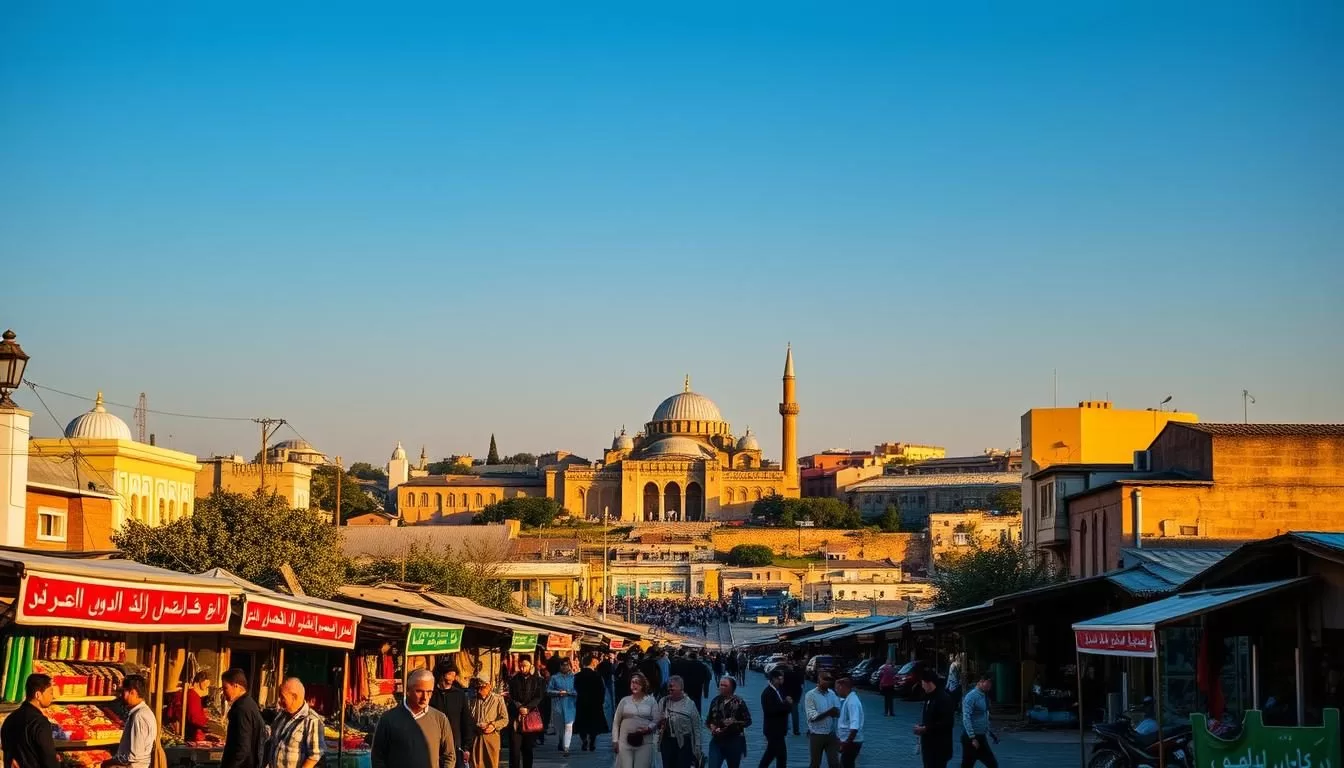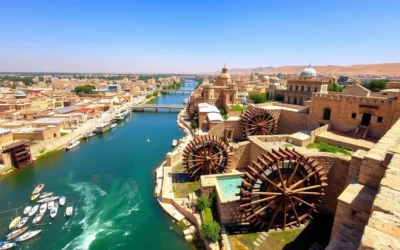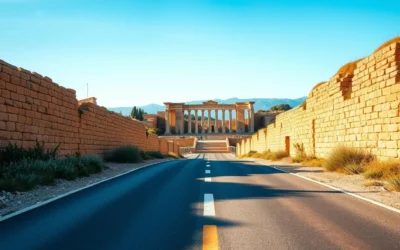Language plays a central role in shaping the cultural identity of any country. In Syria, this is especially true, where Arabic stands as the primary mode of communication. It serves as the lingua franca for the majority of the population, connecting people across diverse regions.
Modern Standard Arabic (MSA) is the official language, used in education and formal writing. However, in daily life, people often speak regional dialects like Levantine and Mesopotamian Arabic. These dialects reflect the rich linguistic diversity of the country.
Beyond Arabic, other languages such as Kurdish, Turkish, and Neo-Aramaic are spoken by minority communities. Each of these adds to the vibrant cultural tapestry of Syria. Understanding this linguistic landscape offers a deeper insight into the country’s heritage and identity.
A Glimpse Into Syria’s Rich Linguistic Heritage
The linguistic landscape of Syria reflects a deep connection to its historical roots. Arabic, particularly Modern Standard Arabic, serves as the backbone of communication and education. Its adoption in formal settings highlights its importance in unifying diverse communities.

Since the 7th century, Arabic has spread across the region, becoming the dominant language. This historical shift was influenced by early Muslim settlements, which played a pivotal role in shaping the cultural and linguistic identity of the area.
Arabic as the Lingua Franca
In daily life, people often use regional dialects like Syrian Arabic, which differs from other dialects in nearby areas. These variations add richness to the linguistic mosaic, reflecting the unique identity of each region.
Historical and Cultural Influences
The evolution from ancient languages like Aramaic to the widespread use of Arabic showcases the fusion of tradition and modernity. Cultural practices and historical events have continuously shaped the way people communicate, creating a vibrant linguistic heritage.
Syria: Official and widely spoken languages
Arabic serves as the cornerstone of communication in Syria, bridging diverse communities. It is the official language, used in government, education, and media. This ensures a unified mode of communication across the country.
In formal settings, Modern Standard Arabic (MSA) is the norm. It is taught in schools and used in official documents. However, daily conversations often feature regional dialects like Levantine and Mesopotamian Arabic. These dialects add richness to the language.
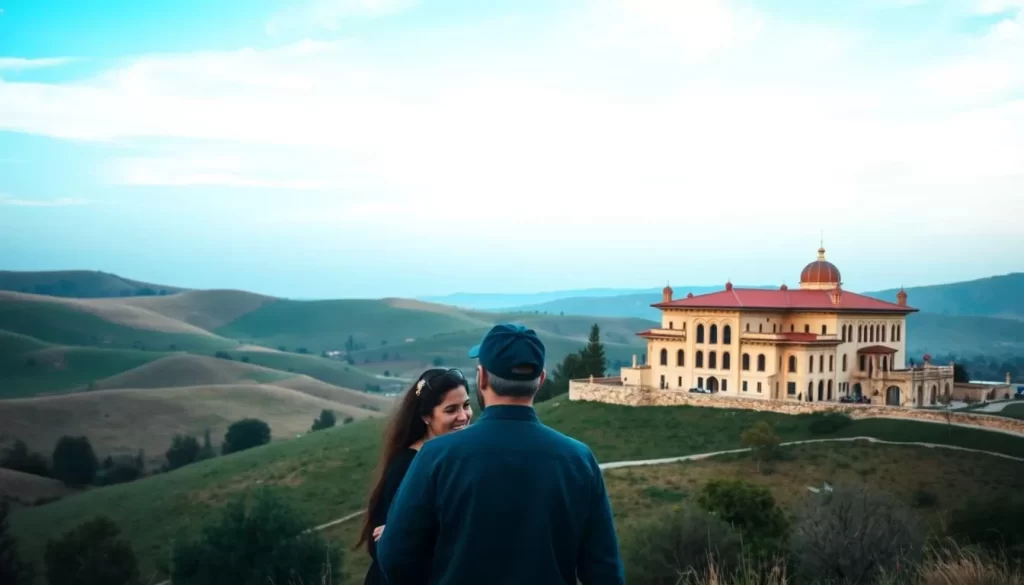
Arabic’s right-to-left written system is unique. It reflects the cultural heritage of the region. Approximately 17 dialects of Arabic are recognized, each with its own nuances. This diversity showcases the adaptability of the language.
The legal and cultural importance of Arabic cannot be overstated. It is a symbol of national identity. Government institutions and educational systems rely on it to maintain unity. This ensures its continued relevance in the modern era.
| Aspect | Details |
|---|---|
| Official Language | Modern Standard Arabic |
| Dialects | 17 recognized variations |
| Written System | Right-to-left |
| Usage | Government, education, media |
Arabic’s role in Syria goes beyond communication. It is a thread that weaves together the nation’s past and present. Understanding its significance offers a deeper appreciation of the country’s cultural fabric.
Embracing Dialects and Regional Variations
The diversity of dialects in Syria paints a vivid picture of its cultural richness. Nearly 17 Arabic dialects exist, each shaped by historical, geographical, and cultural influences. These variations are more than just ways of speaking—they are windows into the soul of the region.
Levantine Arabic Nuances
Levantine Arabic is one of the most distinctive dialects spoken in the area. Known for its slower pace and shared vocabulary, it connects people across Syria, Lebanon, and Jordan. This dialect is often appreciated for its melodic tones and cultural depth.
In daily life, Levantine Arabic differs from the standard forms taught in schools. It reflects the unique identity of the group that speaks it. Over 30 million people use this dialect, making it a vital part of the region’s linguistic landscape.
Mesopotamian and Bedawi Dialects
Mesopotamian Arabic, another prominent dialect, blends Iraqi and Syrian influences. It incorporates Turkish loanwords, showcasing the historical connections of the area. This arabic dialect is a testament to the region’s rich history.
Bedawi dialects, spoken by nomadic communities, add another layer to the linguistic mosaic. These variations are deeply tied to the traditions and lifestyles of the people who use them. Together, these dialects highlight the adaptability of the language.
| Dialect | Characteristics |
|---|---|
| Levantine Arabic | Slower speech, shared vocabulary |
| Mesopotamian Arabic | Turkish loanwords, regional blend |
| Bedawi Dialects | Nomadic traditions, unique expressions |
These dialects are more than just ways of communication. They are a reflection of cultural identity and centuries-old traditions. Understanding them offers a deeper appreciation of the region’s heritage.
The Influence of Minority and Foreign Languages
Syria’s linguistic diversity extends beyond Arabic, with minority languages adding depth to its cultural identity. These languages, spoken by specific communities, highlight the country’s rich heritage and historical connections.
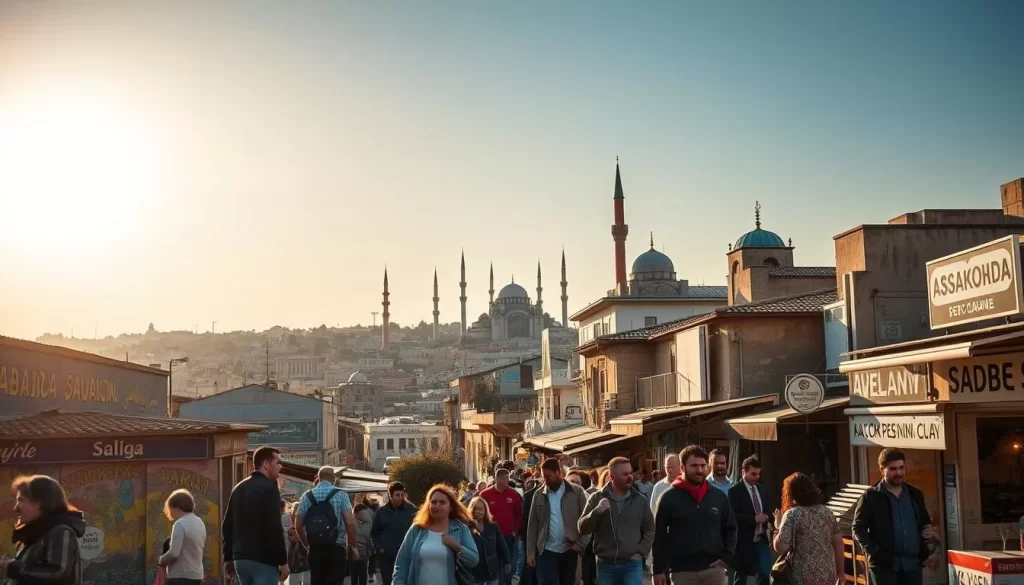
Kurdish, for example, is the second most spoken language in the region. It is primarily used by the Kurdish group, which represents about 10% of the population. This dialect is a testament to the resilience of minority communities in preserving their identity.
Aramaic, another ancient language, is still spoken in a few villages. Western Neo-Aramaic, for instance, is used in Maaloula, Jubb’adin, and Bakhʽa. These communities have maintained their linguistic traditions despite the dominance of Arabic.
Kurdish, Aramaic, and Assyrian Voices
Kurdish, Aramaic, and Assyrian languages coexist with Arabic, reflecting the region’s multicultural history. Each language carries unique cultural significance, offering insights into the traditions of its speakers.
For example, Assyrian communities use Neo-Aramaic dialects, which have evolved over centuries. These dialects are a bridge to the past, connecting modern speakers to their ancient roots.
The number of speakers for these minority languages may be smaller, but their cultural impact is immense. They enrich the country’s linguistic landscape, ensuring that diverse voices are heard.
To learn more about the role of minority languages in shaping cultural identity, visit this resource.
Historical Evolution of Language in Syria
The evolution of language in this region tells a story of cultural resilience and adaptation. From ancient Aramaic roots to the dominance of Arabic, the linguistic journey reflects centuries of change.
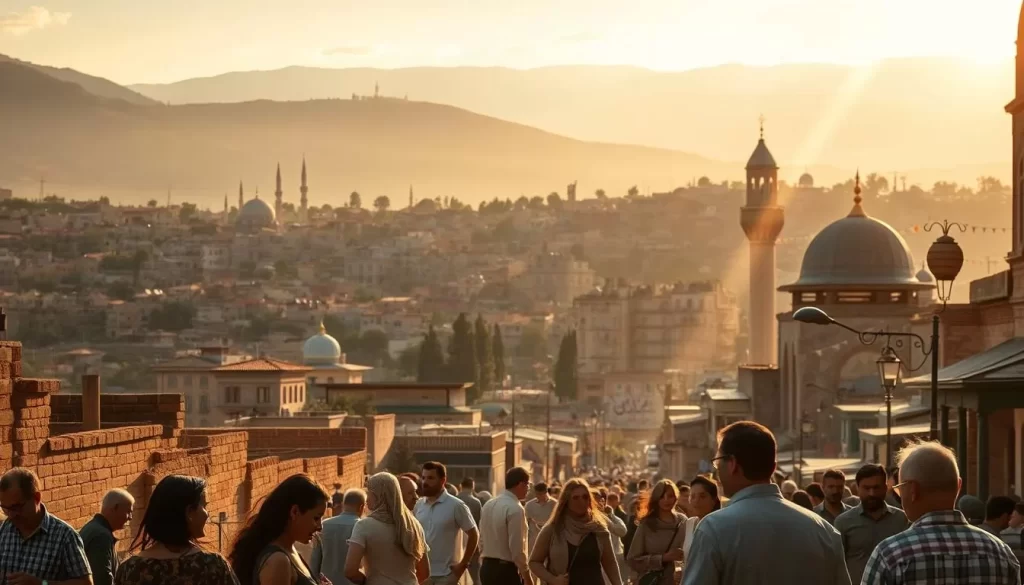
Aramaic first appeared around the late 11th century BCE and became a lingua franca by the 7th century BCE. It was widely used until the rise of Arabic in the 7th century CE, marking a significant shift in the region’s linguistic identity.
From Aramaic Roots to Arabic Dominance
The transition from Aramaic to Arabic was influenced by historical conquests and cultural exchanges. After the Islamic Conquests in the 7th century, Arabic rapidly grew to become the dominant language.
Modern Standard Arabic (MSA) emerged as the official language, used in education and formal settings. This integration ensured a unified mode of communication across the country.
Legacy of Empires and Cultural Shifts
Empires like the Umayyads and Achaemenians left a lasting imprint on the linguistic landscape. Their influence shaped the dialects and vocabulary of the region, blending traditions with modernity.
Today, Syrian Arabic reflects this rich heritage, with regional variations like Levantine and Mesopotamian dialects. These dialects are a testament to the adaptability of the language over time.
To explore more about the ethnic and linguistic diversity of the region, visit this resource.
Conclusion
The language landscape of this region is a vibrant mix of tradition and modernity. Arabic stands as the primary mode of communication, with Modern Standard Arabic used in formal settings. In daily life, dialects like Levantine Arabic add richness to the cultural fabric.
Minority languages, such as Kurdish and Aramaic, also play a significant role. These spoken languages reflect the diverse heritage of the country. They highlight the resilience of communities in preserving their identity.
Historical influences have shaped the way people communicate today. From ancient roots to modern dialects, the evolution of language tells a story of cultural adaptation. This dynamic continues to influence society each day.
To learn more about the cultural and historical aspects of this region, visit this resource.
The above is subject to change.
Check back often to TRAVEL.COM for the latest travel tips and deals.
